Doing the The Camino de Santiago by bicycle is an experience that every cycling lover should experience. Nowadays, the Jacobean route has adapted very well to this means of transport, offering all kinds of facilities and services for cyclists. If you are already an expert on two wheels, surely you will have no doubts when it comes to choosing the ideal bike to do the Camino de Santiago . But if you are just starting out or you are an amateur, we are sure that this article will help you choose the best travel companion.
What you should know before buying a bike to do the Camino de Santiago
If you are thinking of buying a bike to do the Camino de Santiago, we advise you to think carefully and evaluate different options before you start. Many times we buy things for a specific event, without really knowing the use we are going to give them later. A bike is a very important investment of money to end up parked in a corner of the garage.
If you do not have a bike and you are new to cycling, we anticipate you that There are countless bicycle rental companies specifically for the Camino de Santiago. It is a very comfortable option, they advise you by recommending the bike that best suits your needs, they take care of transport to the starting point of your route and provide you with all the necessary equipment so you don’t have to worry about anything.
On the other hand, if you already have a bike, whatever it is, you should assess whether it is suitable for the trip. We never recommend to use a bike for the first time, as your experience as a bicigrino can be disastrous. You should practice in the same conditions in which you are going to walk the Camino. For example, if you’re carrying panniers, you’ll be carrying extra weight. You will also have to get used to reacting differently, braking before descents, being careful on bends, pushing harder on climbs and manoeuvring with more skill at difficult moments.
Road bike, mountain bike or e-bike?
Mountain bikes
Let’s start at the beginning. If you want to live the experience to the fullest, we recommend that you always follow the original route. It is true that there are sections that will be impossible to cycle, forcing you to take detours by road. But most of the time you will ride on forest tracks and dirt roads, perfect for a mountain bike.
Trail bikes, also known as all mountain bikes, are not designed for a specific type of terrain, but are suitable for doing a bit of everything, forest trails, dirt roads, rocky sections, mountain trails etc.. Precisely because of this versatility, they are perfect for the Camino de Santiago.
This type of bikes usually have double suspension with a travel of 100 to 130 mm or even 150 mm, depending on the manufacturer. The climbs on this bike can be a little difficult, but you can still climb without any problems and do long distances. They are also not as limited as enduro bikes and will allow you to go downhill faster and more efficiently.
Road bikes
However, if you already have a road bike and you want to do the Camino with it do not worry, because all routes have alternatives to ride with a road bike. Not all the stretches are signposted but most of them have indications or arrows painted on the asphalt.
Electric bicycles
The e-bikes or electric bicycles deserve a special mention, which will assist you when you are pedaling. There are electric models for road, trekking and mtb. If you are considering taking one of these bikes to the Camino de Santiago, the best thing to do is to get a specific mountain bike. The main advantage is that they will allow you to do very long stages with little effort, and are even very useful to match fitness levels between people in the same group. The limitation of this type of bike is the battery life, so if we want to do excessively long stages we must take this into account.
Choosing a bicycle to do the Camino de Santiago
Here we tell you the basic aspects that you should take into account when choosing your bike to do the Camino de Santiago.
Table
Do not use steel frames at all, as they are too heavy. Better an aluminium or carbon fibre one. As a general rule, fibre frames are more expensive but they also weigh less (which is very useful on stretches where you have to carry your bike on your back). But the truth is that the final weight of the bike will be determined by the components you mount, and aluminum in recent years has improved tremendously.
Front suspension
While it is true that the bike par excellence is the double suspension bike, its price is not excellent. They are usually quite expensive bikes. Also, a general trend in the pilgrim cycling world is not to mistreat your best bike on the Camino. The truth is that carrying only front suspension and without the rear will allow you to carry more weight on the luggage rack in the back.
Transmission and shifting
The transmission will be what differentiates a good road from an excellent road. As a general rule, this part is what allows you to make the leap in quality that we have just mentioned. Of course, we have to keep up to date with the demands of today’s mountain biking world. For example, we must discard the so famous roller changes. These changes, there’s no denying it, were hugely popular at the time.
Nowadays it’s not so bad for starting children, but not for an adult (in our opinion). Fingertip shifting is faster and more precise. Faster shifts are safer, as we can be more aware of possible obstacles on the road.
Pedals
Both automatic and conventional ones will work for you. The only thing you need to worry about is that they have a good grip .
The wheels
Regarding the wheels, as is obvious, it is more important on this type of route to be well stocked with spare parts and repair kits than the wheels themselves. If the ride is long, you’re going to get a puncture. This way you’ll be less of a goat and, secondly, you won’t feel so bad about having to change them.
So that repairs don’t take too long, always opt for a quick-release. Also remember to protect your wheels as much as possible by driving safely.
The brakes
Regarding the eternal debate on brakes, the best thing to do, without a doubt, is to first know the route we are going to take and, above all, the season of the year we are going to choose. As a rule, you will only notice the advantages of disc brakes on muddy or wet sections, which makes them ideal for the rainy season and winter. In summer it is best to choose pad brakes.

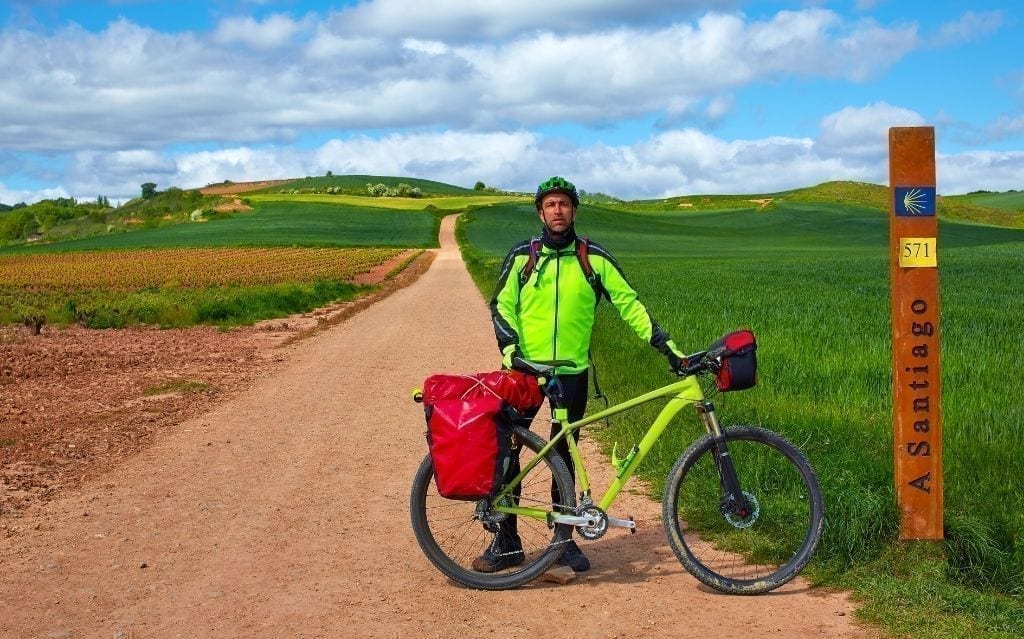
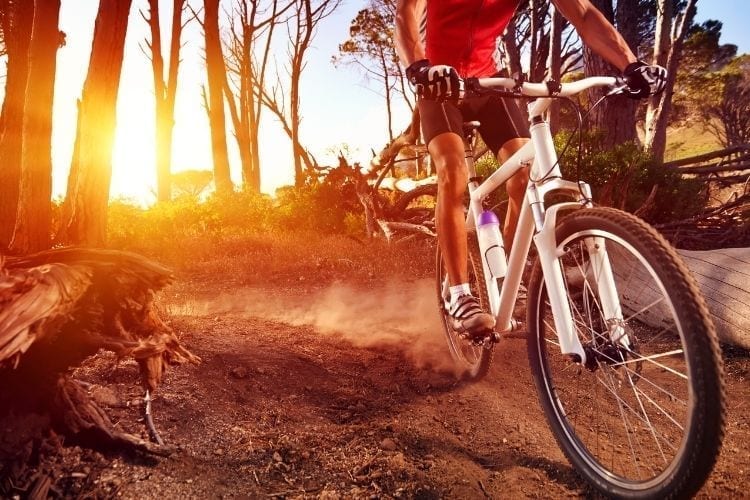
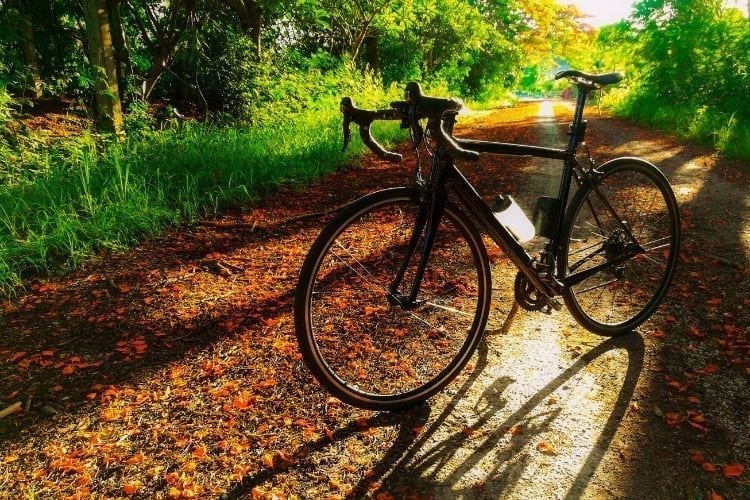
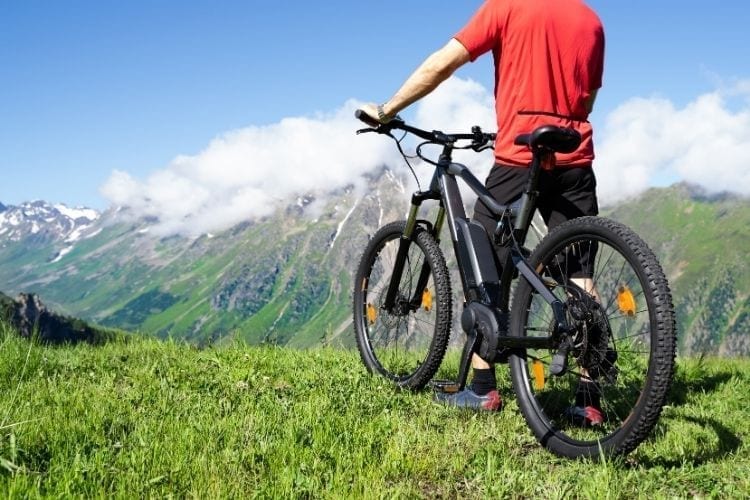











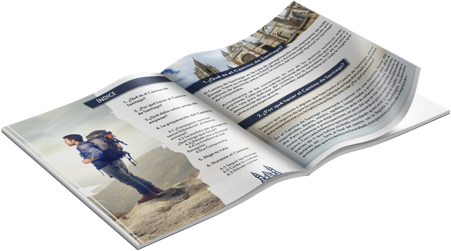

Leave A Comment